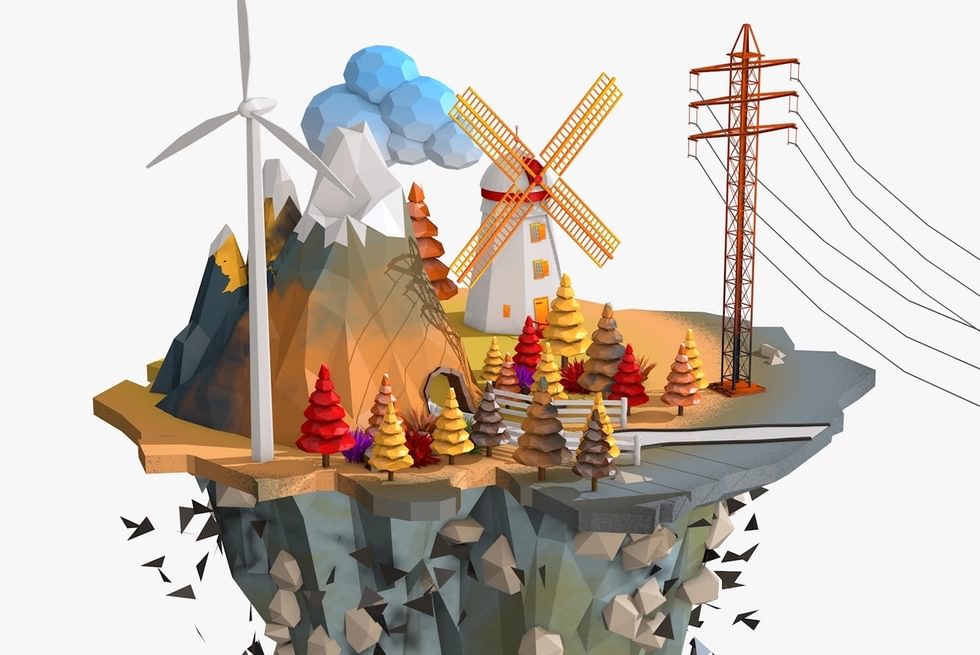Seepage
From the Series: Speaking Volumes
From the Series: Speaking Volumes

Contemporary discussions of the Anthropocene are dominated by metaphors of and anxieties about inundation: coastlines will be inundated by rising sea levels, cities inundated with cyclones and hurricanes, lowland areas inundated by glacial melt. This is particularly true in debates over the future of borders. Here, the specter of so-called climate refugees haunts policy debates over climate security frameworks and provokes worries about the future of sovereignty in a warming world. In South Asia, for example, persistent discussions of Bangladesh as a soon-to-be-submerged state—and of India as at risk of inundation by Muslim migrants from Bangladesh’s delta region—stoke political fears at both regional and global scales. Yet such imaginations of catastrophic inundation tend to write over everyday processes of ecological and demographic change. Moreover, approaching such changes in a catastrophic register arguably impedes measured and thoughtful responses. This essay proposes that we train our eyes away from inundation and, instead, attend to more micro-level processes of climatological and border swamping. It suggests we attend to the notion of seepage.
Seepage is a concept easily defined, if hard to contain. It refers to the percolation or leakage of fluid into or out of the ground. It pertains, according to the Oxford English Dictionary, to “that which oozes.” The term itself evokes viscosity, a thickness and inevitability of movement that both bleeds through and squeezes around. Moreover, it invokes a failure of containment, a refutation of claims to hermetic seals and impermeable barriers. Seepage is thus a useful concept for thinking about both the Anthropocene and the dimensionality of borders, more broadly. Seepage is at once above, below, and interior to. It signals the impossibility of containing the movements of people, goods, animals, plants, water, and toxicity with structures like fences and walls. Moreover, it highlights a different way of thinking the terrain of borders. Seepage signals changes happening at inexorably different scales and inevitably different temporalities. If inundation is a catastrophic moment, seepage is a persistent flow—a set of small changes that add up to big consequences. In other words, seepage is a process, not an event. It is the ooze that heralds the failures of projects aiming to produce space and territory as solid containers.
At the India-Bangladesh border, the space that occupies my own ethnographic energies, seepage aptly captures a range of processes. On the one hand, it highlights the dimensional transformations in ecology that characterize the southwestern delta region. The region is an island landscape—a network of rivers bordered to the south by the Sundarbans, the world’s largest mangrove forest, and to the west by the India-Bangladesh border. As downstream water flows are reduced by various forms of upstream blockage, salt water from the Bay of Bengal seeps further and further upstream, causing silt to accumulate in river channels and producing a muddy ooze that blocks waterways. Fresh water, the lifeblood of agriculture in the delta’s island landscape, becomes increasingly saline as salt water from the bay seeps into aquifers. Salt from brackish water used in shrimp aquaculture, a major export industry in the delta, seeps out of shrimp ponds and into agricultural land around it. Migration across this border into India, driven in part by a collapse of farm labor in the face of shrimp, proceeds at a steady, seeping pace (Paprocki and Cons 2014). This movement persists despite Indian attempts to block passage with constant border patrols and a floodlit border fence. Migrants continue to move under, over, and through the boundary. At broader scales and temporalities, the Sundarbans itself seeps out of India and into Bangladesh as plate-tectonic tilt causes an eastward flow of the mangroves, as well as the flora and fauna within them. These various seepages compound each other and collectively produce movements that are steady, ongoing, and quotidian, yet have broad cumulative effects.
Viewing these transformations and the futures they produce as seepages prompts a different understanding of borders, territory, and borderland landscapes. In a recent intervention, Philip Steinberg and Kimberley Peters (2015, 261) propose the notion of wet ontologies to unsettle our understanding of terrain by “unearthing a material perspective that acknowledges the volumes within which territory is practiced: a world of fluidities where place is forever in formation and where power is simultaneously projected on, through, in, and about space.” Wet ontologies provoke a reconsideration of volume as a lively space that exists dynamically, both above and below the surface. Yet to think volume as wet might not go far enough toward unsettling our eventful and catastrophic imaginary of borders in the Anthropocene. Seepage prompts us to attend not just to liquidity, but also to intermediate states of matter—to transformations between land and water and to the spaces that emerge in between (see McLean 2011).
To this end, we might think with the notion of seepage to imagine damp ontologies, which foreground not just liquidity, but its emergences, disappearances, and oozings. To see environmental and demographic change as seepage implies a terrain that is shot through with, but also destabilized and transformed by, flow. It is also to understand such transformations as the product of changes that happen at paces not easily captured by the ethnographic gaze, at radically heterogeneous times and scales. In short, seepage points toward an ontology of land that abandons distinctions between solid and liquid, instead seeking to understand space and borders as rich with that which oozes.
McLean, Stuart. 2011. “Black Goo: Forceful Encounters with Matter in Europe’s Muddy Margins.” Cultural Anthropology 26, no. 4: 589–619.
Paprocki, Kasia and Jason Cons. 2014. “Life in the Shrimp Zone: Aqua- and Other Cultures in Bangladesh’s Coastal Landscape.” Journal of Peasant Studies 41, no. 6: 1109–1130.
Steinberg, Philip, and Kimberley Peters. 2015. “Wet Ontologies, Fluid Spaces: Giving Depth to Volume through Oceanic Thinking.” Environment and Planning D 33, no. 2: 247–64.